CES International Consumer Electronics Show has officially ended in Las Vegas, USA, and television products have always been the absolute protagonist of CES, because it is not only new products so simple, but also highlights a country's R & D capabilities for technology Performance. Japan and South Korea have always been at the forefront of innovation and technology research and development, and have played an absolute leading role in the television industry, and Chinese manufacturers have always been in the role of "followers." However, through the author's observation of the international stage of CES in the past two years, this situation has greatly improved, and Chinese manufacturers have also taken a solid step from the “Vase†role to the “Strength Partyâ€.
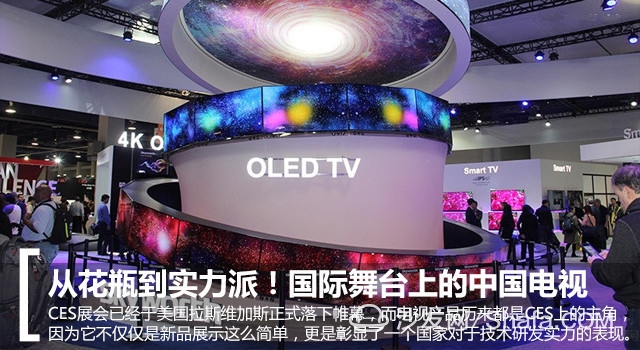
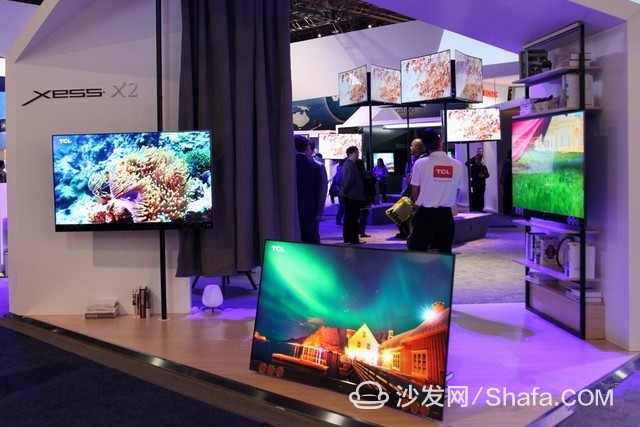
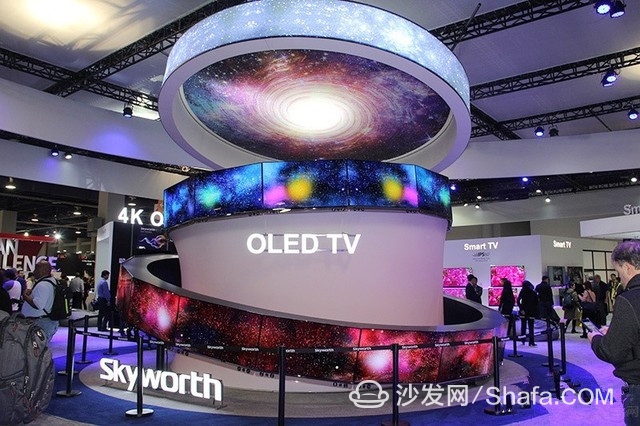


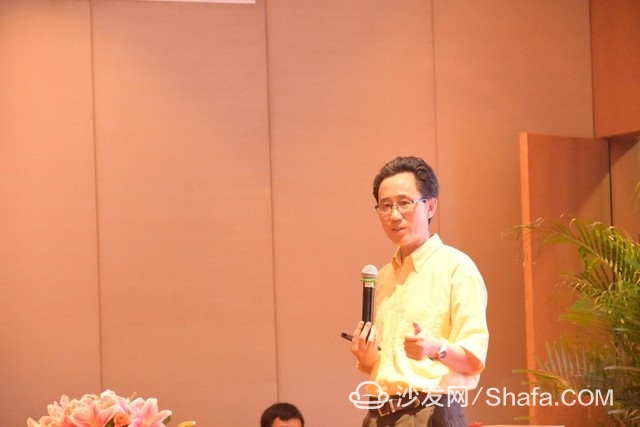
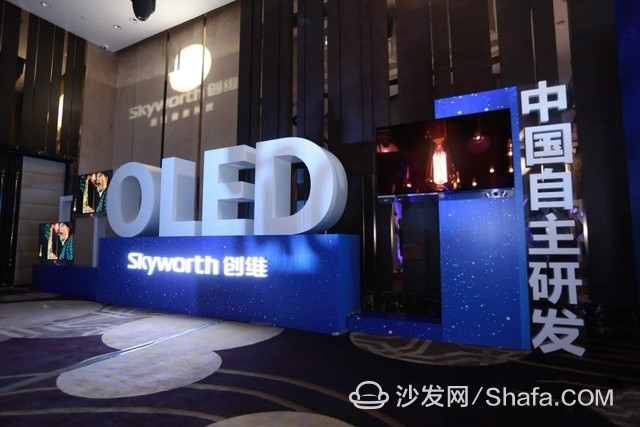
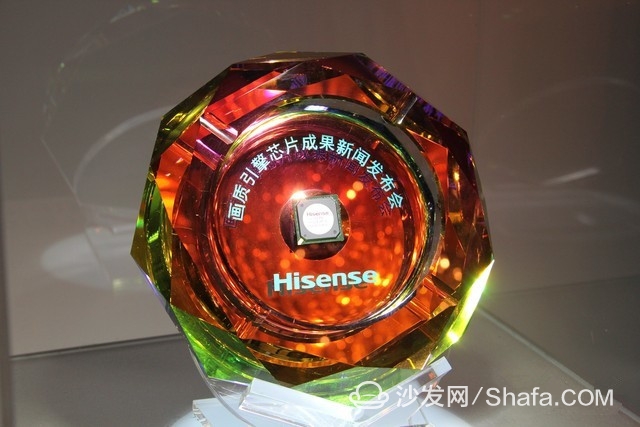
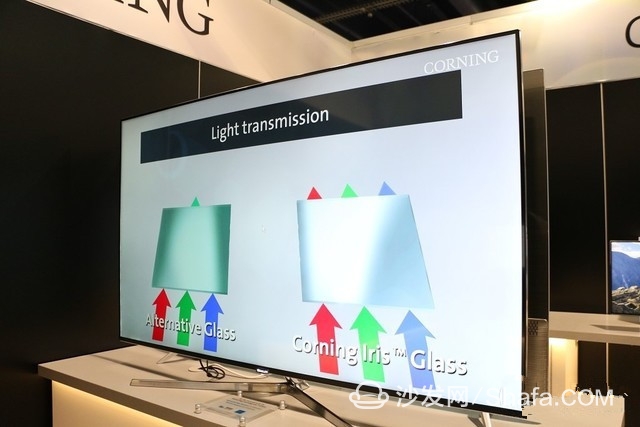
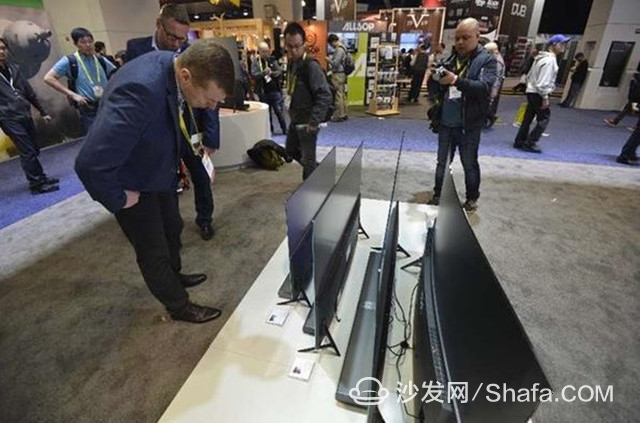
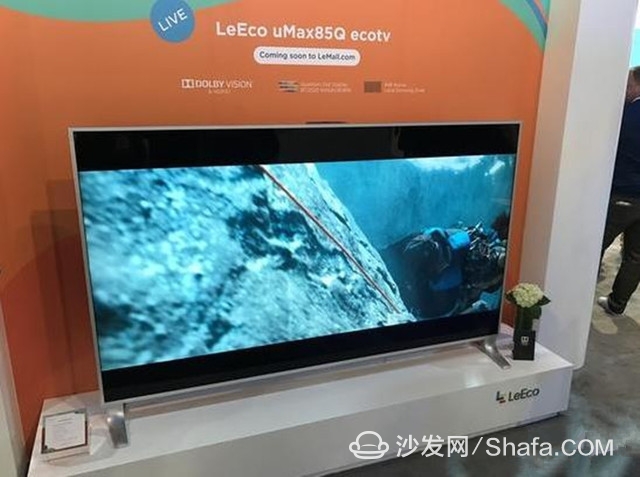

Chinese TV on the international stage
Domestic TV performance at CES 2017
Hisense, Skyworth, and TCL are undoubtedly the most powerful TV makers in China. Their actions represent the mainstream of domestic TV. Judging from this year's CES2017 situation, the Big Three are still developing their own genre. As the first company to study quantum dot technology in China, TCL took the lead in introducing the first Quantum Dot TV in 14 years. The TCL launches XESS's high-end sub-brands for the first time in the world, and has released new X2 and X3 television products under XESS. The two flat- and curved-quantum-dot TVs that focus on ultra-thin concepts have attracted a lot of attention at the show. At the same time, TCL also brought concept quantum dot TVs with a thickness of only 3.9mm, which instilled the concept of ultra-thin quantum dots into people's minds and further proved their R&D strength in quantum dot technology.

New TCL XESS member debuts at CES2017
In addition to TCL, Skyworth can be said to be all the strength used in the OLED body. As a firm supporter of OLED technology, Skyworth applied this technology to its flagship product at the beginning of OLED development. From the earliest research and development of 4K OLED technology to today's 4-color HDR+OLED technology, Skyworth has contributed its own strength in the development of OLED. Skyworth brought many newest OLED TVs such as the G6, G7, and S9-I to the show, and the double-sided OLED TV attracted the attention of the crowd. At the same time, the world’s first AR TV S9D released by Skyworth is one of the hottest products this year. Even at the CES site, it will even have to experience a long queue experience, because this is a brand new experience that ordinary TV cannot bring.

Skyworth OLED TV camp

Hisense's new ULED TV camp
Unlike TCL and Skyworth, Hisense’s concept of TV products is “ULED+ Quantum Dots,†which brings a whole new picture quality experience through its self-developed TV chip plus quantum dot display technology. In this year's CES Shanghai Shinco, the brand-new ULED TV lineup was brought to the United States. Big screen and HDR are highlights of the Hisense ULED TV. In addition to the concept of ULED TV, Hisense has also been working hard to develop laser televisions. As one of the few manufacturers of laser televisions, Hisense Laser TV has now developed to the third generation, and the 4K dual-color laser technology released at CES is even more Bringing laser television to a whole new level. The concept of laser television was also known to more people by Hisense.
China TV's International Position
In the television industry, the most effective way to prove your own strength is to develop innovative display technologies. In this regard, Korean companies have demonstrated remarkable strength in the past two years. LG Display has developed and promoted OLED technology at all costs, and it has been regarded by most manufacturers as the next dominant player. Samsung, the world’s No. 1 sales TV for ten consecutive years, has played a small-screen strategy of playing OLEDs and playing Quantum Dots on a large screen. It was already a leader in international quantum dot technology before acquiring QD Vision in the US.

South Korean companies have demonstrated remarkable strength in the television industry in the past two years
The strong outburst of “Han Jiajun†sets the tone for the future display industry, which is the technical dispute between OLED and quantum dots. Even the Japanese Sony Panasonic’s early OLED Alliance members are returning to OLED this year. After Sony squeezes out the liquid crystal performance, the next area to be conquered is the OLED field, because many features of OLED can bring unexpected surprises and room for development in both small-screen mobile phones and large-screen TVs.

TCL and Senior Quantum Dot Expert Peng Xiaogang Develop Chinese Quantum Dot Technology Together
In contrast, domestic brands, although seemingly in the selection of camp team, but the role of domestic brands in which is more and more obvious. In quantum dot technology, although Samsung has been continuously innovating, the research on quantum dot technology in the global field is at the same level. The combination of TCL and Peng Xiaogang, senior expert on quantum dots, is expected to make QD technology a leading display industry in China. Quantum dot technology is currently in the national "Thirteenth Five-Year Plan". Quantum dot light-emitting display of key materials and devices led by Professor Peng was selected as the "Strategic Advanced Electronic Materials" key special project. With the concerted efforts of countries, companies, and R&D institutions, China's quantum dot display technology will hopefully take the lead in achieving new breakthroughs in the world and lead the development of the entire display industry. This is what we are very much looking forward to.

Skyworth Jointly Launches BOE's First Self-Developed OLED TV
Skyworth developed OLED TVs based on LG Display, which was the only manufacturer in the world that produced large-size OLED panels. However, due to capacity constraints (1 million in 2016), Skyworth is very passive as a downstream vendor. However, BOE's joining of domestic panel makers changed this situation. In 2016, BOE’s three OLED production lines were completed. In November of last year, together with Skyworth, it released China’s first self-developed OLED TV, which is not only a sign of the rise of China’s display industry. It is also a powerful Chinese force. With the joint efforts of Skyworth and BOE in the future, China will have more say in OLED technology.

China's first self-developed graphics chip
Hisense has always claimed that its television products are ULED TVs because all of Hisense's new televisions are equipped with self-developed Hi-View Pro chip. Do not underestimate this independent chip. Currently, there are only Sony and Samsung in the world with independent research and development of TV chips. This chip released by Hisense at the end of the 15th period has epoch-making significance for Chinese TV. It is the first TV chip in China and can be large. Increases the dynamic range, contrast, and color and sharpness of the TV picture. At present, Lenovo's TV research and development is using Hisense Hi-View Pro chip. In the future, more TV manufacturers will use this picture quality chip.
Internet TV formally goes abroad
Affected by the Internet's thinking, a domestic category of products called Internet TV has emerged in the past two years. They quickly captured the hearts of young users with low prices and rich content. Overnight, the number of Internet TV brands has grown from the earliest two or three to more than a dozen. However, Internet TV can not be successful in this industry. From the earliest content competition to the panel price war today, Internet TV has undergone many major changes, and eventually it is possible to survive the current five or six. .

Micro whale 4.9mm slim Internet TV debuts at CES
The two major characteristics of the Internet are fast and accurate. These two characteristics are also reflected in Internet TV. After the elimination of competition in 2016, the brands that were eventually screened out were either capitalized or well-managed. Although the feeling of Internet TV to more people is very impetuous, but it is undeniable that Internet TV has enjoyed a certain share in the current market, and domestic brands, joint venture brands enjoy the same position. In terms of the richness of the content and the humanity of the system UI, the advantages of Internet TV have become apparent.

Millet TV 4 lands in the United States
In the international arena such as CES, Internet TV landed in the United States with the image of “China’s new TV categoryâ€. If at last year's CES we could only see brands like LeTV as Xiaomi, then this year, except for them, Microwhales, PPTV, Kukai, and Kanshi will collectively go out of the country and be able to stand on stage like CES. On top of that, we have seen the progress of the Internet TV industry, and we have also seen the determination of Internet TV brands to kill abroad.

LeTV 85-inch New Product Displayed at CES2017
Indeed, if the Internet TV industry wants to go further, the layout of overseas markets is the only way to go. From LeTV’s acquisition of VIZIO last year, Xiaomi’s announcement of U.S. joint Google’s release of TV boxes and other information indicates that Internet TV brands are eager to further prove themselves in overseas markets. As one of the top events in the world's science and technology circle, CES, the addition of Internet TV has made the world more clearly understand the strength and future development potential of Chinese companies.
Written at the end:
In Las Vegas in 2017, the Chinese national team's lineup is undeniable. Although the television industry has always been dominated by Japanese and South Korean companies, we can see that the influence of the Chinese army has grown. At first, we were only followers of the industry. At present, we can rely on our own advantages to shine on the international stage. In the coming 2017, the Chinese TV industry will also bring us some surprises and it is worth looking forward to.
Smart TV/box information can focus on smart TV information network sofa butler (http://), China's influential TV box and smart TV website, providing information, communication, TV boxes, smart TVs, smart TV software, etc. Answering questions.
Ridge Cap Roll Forming Machine
Ridge Cap Roll Forming Machine is a common and popular machine in the field.
Ridge Caps, Ridge Rolls or Ridge Flashings are metal objects that cap the ridge of a roof.
For Metal Roof It has advantage of pretty appearance, durable using and so on. It is produced continuously as roll forming machine instead using bending machine to make angel tile saving human resources, lower labor cost.The ridge caps are widely used in residential house,workshop,commercial building.
Ridge Cap Roll Forming Machine,Ridge Cap Metal Roof Forming Machine,Steel Ridge Cap Roll Forming Machine, Automatic Ridge Cap Cold Roll Forming Machine
HEBEI HANMAC MACHINE CO., LTD. , https://www.chinahanmac.com
![<?echo $_SERVER['SERVER_NAME'];?>](/template/twentyseventeen/skin/images/header.jpg)